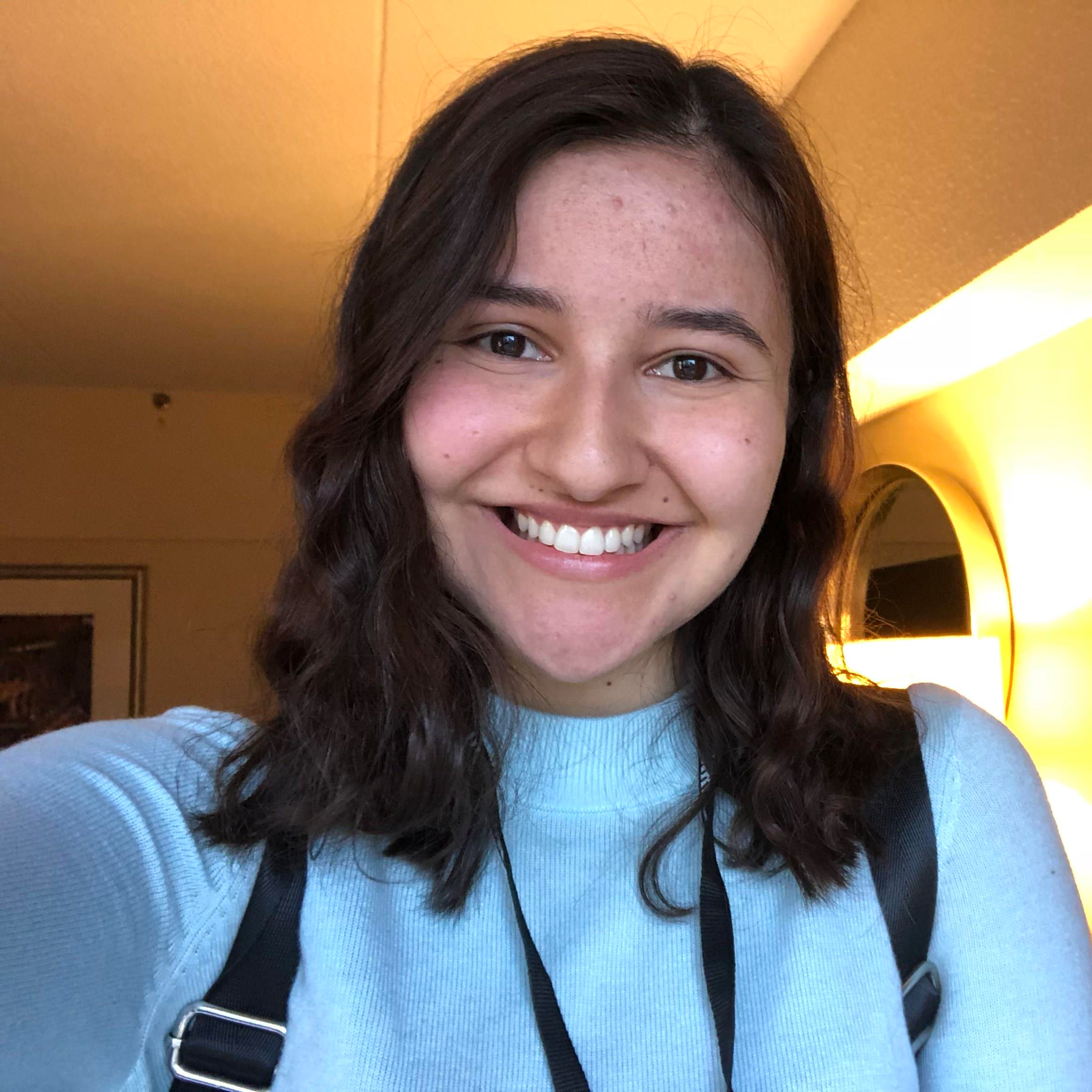The Science Behind Pixar Exhibit at the California Science Center in Downtown Los Angeles is open for one last weekend, showing the behind-the-scenes action of what goes into making a Pixar film. The exhibit closes April 16.
It turns out more than just art is involved in the process. Sometimes students consider their general education courses to be unnecessary. What they don’t realize is that there might be a use for them later in their lives.
Drawing is usually the first thing that comes to mind when thinking about animation, but there is a lot more that goes into this art form. Creativity is important, but science and math are just as necessary in creating films at Pixar. This exhibit gives a clear picture of how art and science are actually intertwined.
Pixar workers explain their jobs in videos throughout the exhibit with interactive stations so that visitors can apply what they learned. One artist explained how in creating Finding Nemo, Pixar brought in actual scientists and oceanographers to ensure that the oceans were animated as realistic as possible.
Even the small details like floating particles in the water matter in order to make the fish look like they were swimming in water instead of air. Knowledge of oceanography helped the animators make the underwater world of Finding Nemo look as real as possible.

The animators need to figure out the how to make the characters move, their dimensions, and all of the elements that will go into whatever setting they are creating for the film. In the exhibit, there are many interactive stations that allow visitors to play around with animation. In the workstation called Crowd Simulation, there is a screen with a school of fish and controls to move them however you like.

There are other workstations that deal with texture, color and movement of characters and objects, including the Virtual Modeling Workstation, where people can build models of whatever they like from virtual 3D shapes that had to be lined up on the graph.
In the Lighting Workstation, people get to choose the color of the lighting and its movement in a scene from Finding Nemo, while in the Sets & Cameras Workstation, there was a re-creation of a virtual set and people could control the cameras to angle them differently.
The difficulty isn’t so much the lighting, but programming the system so that it could make it easier for those working on the project.
In the Computer Animation Workstation, people can animate a character’s wave, using mathematical curves to adjust the transitions.
At the Surface Appearance Workstation there was a challenge to try to recreate the surface in a presented picture, by adjusting the color, pattern, bumpiness, transparency, and reflectiveness of the object.
All of the stations at the exhibit are meant to give people a feel for all of the technical details that are involved in the making of the films.

For each film, the animators faced different dilemmas. For the movie Brave, the animators had to figure out how to get Merida’s curls to look and bounce like real hair. Each curl is modeled after a spring, and it is simulated mathematically to position each curl and how it moves.
For Inside Out, the challenge was getting the glow around the character Joy. The glowing particles surrounding her made her complex for the animators to construct – at first, they had to manually pick and choose the color for each pixel in every shot.
The challenge to create Cars was getting the realistic shine on the cars. They had to recreate the reflection of a real car which typically has three coats: the base color, the shiny coat that makes it sparkle, and the clear top coat. Figuring out the highlights and reflection to make the car seem as real as possible involves the science of paint and how it interacts with the elements.
Many students feel like they don’t like certain courses because they think they would never use them in life. Well, one of the technical directors at Pixar, Colin Thompson, experienced the same struggle when he took a math class as a requirement in college, but life took a different turn for him.
Now at Pixar, he is actually able to apply in his job what he learned in that class. For example, in order to generate images and make highlights on character’s faces, he uses certain math equations.
Whether you’re using equations to figure out dimensions for animating, or using chemistry to find out what paint works best with your canvas for a painting, all forms of art require some sort of science.
Art comes from a person’s creativity, but some art takes more than just that. Research of science, math and history are needed to create the actual art and make it accurate. Behind every animated film, science is necessary to bring to life the imagination.



